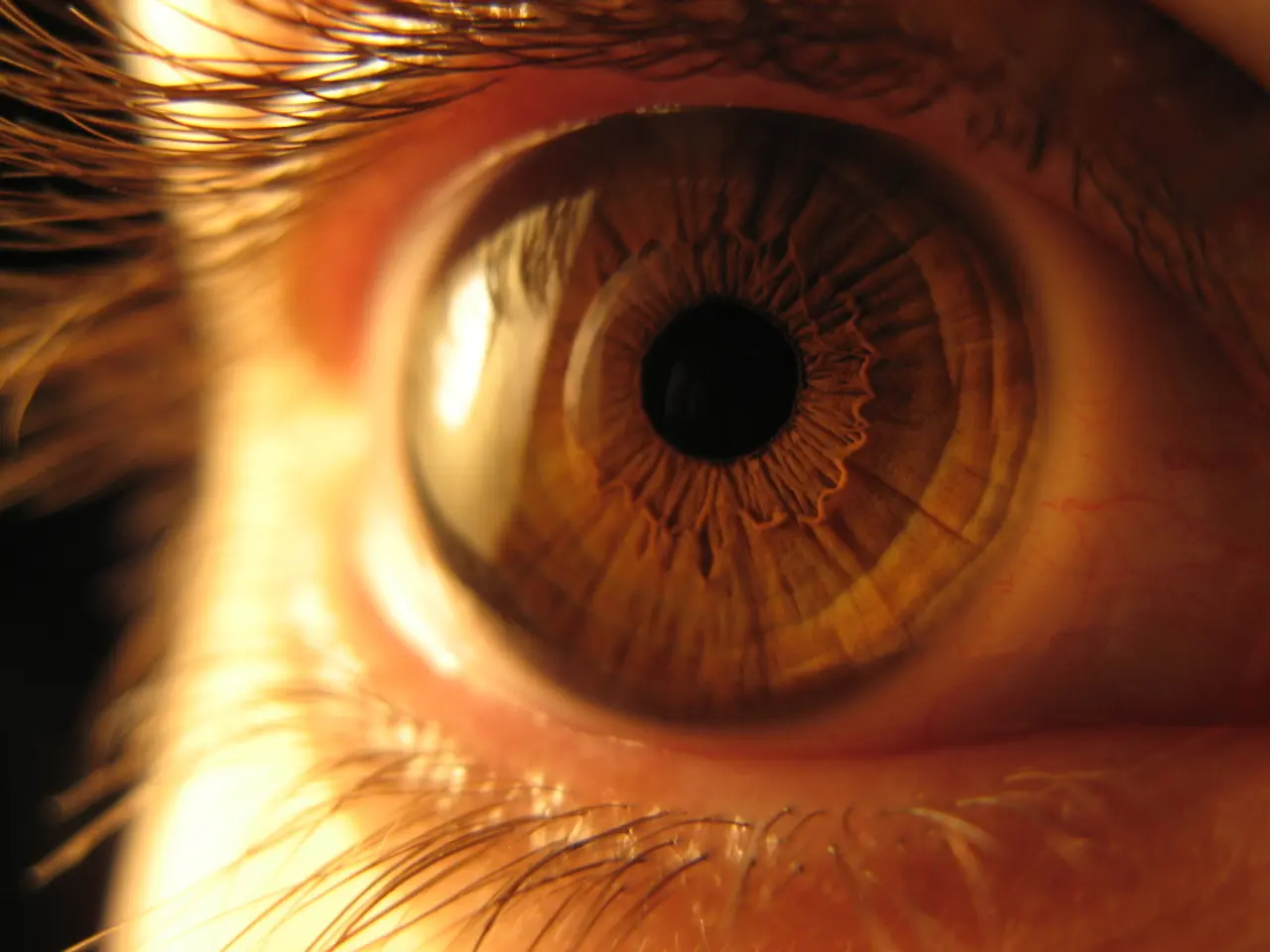Eye Swelling: Origin, Remedies, and Further Information
Eyelid swelling can be a concern for many individuals, and understanding the causes and appropriate treatments is crucial. This article provides an overview of the common causes of eyelid swelling, along with recommended treatments for each.
**1. Styes**
Styes, also known as hordeolum, are caused by a bacterial infection of the oil-producing or sweat glands in the eyelid. Poor hygiene, blocked glands, and frequent eye rubbing can lead to infection. Warm compresses are the primary home remedy to help drain the stye, and in some cases, antibiotic ointments or drops may be prescribed to treat the bacterial infection. It is important to avoid squeezing or attempting to pop the stye.
**2. Chalazions**
Chalazions form due to blockage of the meibomian (oil) glands in the eyelid, leading to inflammation. Factors such as viral infections, skin conditions (e.g., seborrhea, rosacea), poor eyelid hygiene, and allergies can contribute to blockage. Initially, warm compresses to promote gland drainage and reduce swelling are recommended. If persistent, medical intervention such as steroid injections or minor surgical removal may be necessary.
**3. Allergies**
Allergic reactions to pollen, dust, pet dander, or other allergens can cause inflammation, redness, itching, and swelling of the eyelids. Allergic conjunctivitis often accompanies this condition. Treatment involves antihistamines (oral or eye drops) to reduce allergic inflammation, and corticosteroid creams or drops for more severe cases. Avoiding allergens and maintaining good eye hygiene also help.
**4. Infections** (e.g., blepharitis, conjunctivitis)
Blepharitis involves chronic inflammation of the eyelids, causing redness, swelling, crusting, irritation, and sometimes blurred vision. It can be driven by bacteria, excess oil, allergies, or skin conditions like rosacea. Conjunctivitis (pink eye) caused by bacterial or viral infections can also cause eyelid swelling. Good eyelid hygiene with warm compresses and lid scrubs is key for blepharitis. Antibiotic drops or ointments are sometimes needed. Prompt treatment of infections is important to prevent complications.
**5. Blocked Tear Ducts**
A blocked tear duct can cause swelling and infection in the eyelid area due to accumulation of tears. This is more common in infants but can occur in adults as well. Warm compresses may help open the duct. In some cases, massage or medical procedures like probing or surgery are required to relieve obstruction.
Additional factors causing eyelid swelling include injury, fluid retention (due to salt intake, hormonal changes), and lack of sleep, which can worsen puffiness but are usually reversible with lifestyle adjustments.
Managing eyelid swelling involves identifying the specific cause and tailoring treatment accordingly. Consistent eyelid hygiene and avoiding eye rubbing are universally beneficial preventive measures. For persistent or severe symptoms, consulting an eye care professional is essential to avoid complications.
References: [1] Mayo Clinic. (2021). Blepharitis. Retrieved from https://www.mayoclinic.org/diseases-conditions/blepharitis/symptoms-causes/syc-20373675 [2] American Academy of Ophthalmology. (2021). Chalazion. Retrieved from https://www.aao.org/eye-health/diseases/chalazion-fact-sheet [3] American Academy of Allergy, Asthma & Immunology. (2021). Allergic Conjunctivitis. Retrieved from https://www.aaaai.org/conditions-and-treatments/library/allergy-library/allergic-conjunctivitis [4] MedlinePlus. (2021). Stye. Retrieved from https://medlineplus.gov/ency/article/000995.htm
- Diabetes and arthritis, being systemic medical-conditions, can potentially influence the overall health and wellness of an individual, causing minor issues like eyelid swelling. Proper diabetes management and arthritis treatments can help minimize such symptoms.
- Alzheimer's disease and depression, being mental-health disorders, don't typically present with eyelid swelling as a primary symptom. However, they can indirectly influence health-and-wellness by causing stress and hindering self-care, which might lead to poor eyelid hygiene and consequently, eyelid swelling.
- Psoriatic arthritis is a type of arthritis that often co-exists with psoriasis, a skin-condition. In some cases, psoriasis around the eyes or on the face (including eyelids) can lead to inflammation, swelling, and redness. Treating the underlying psoriasis can help alleviate eyelid symptoms.
- Science continues to explore the predictive relationship between medical-conditions like asthma and eye-health. Some research suggests a link between chronic eye inflammation and asthma severity, but further studies are needed to establish definitive connections.




